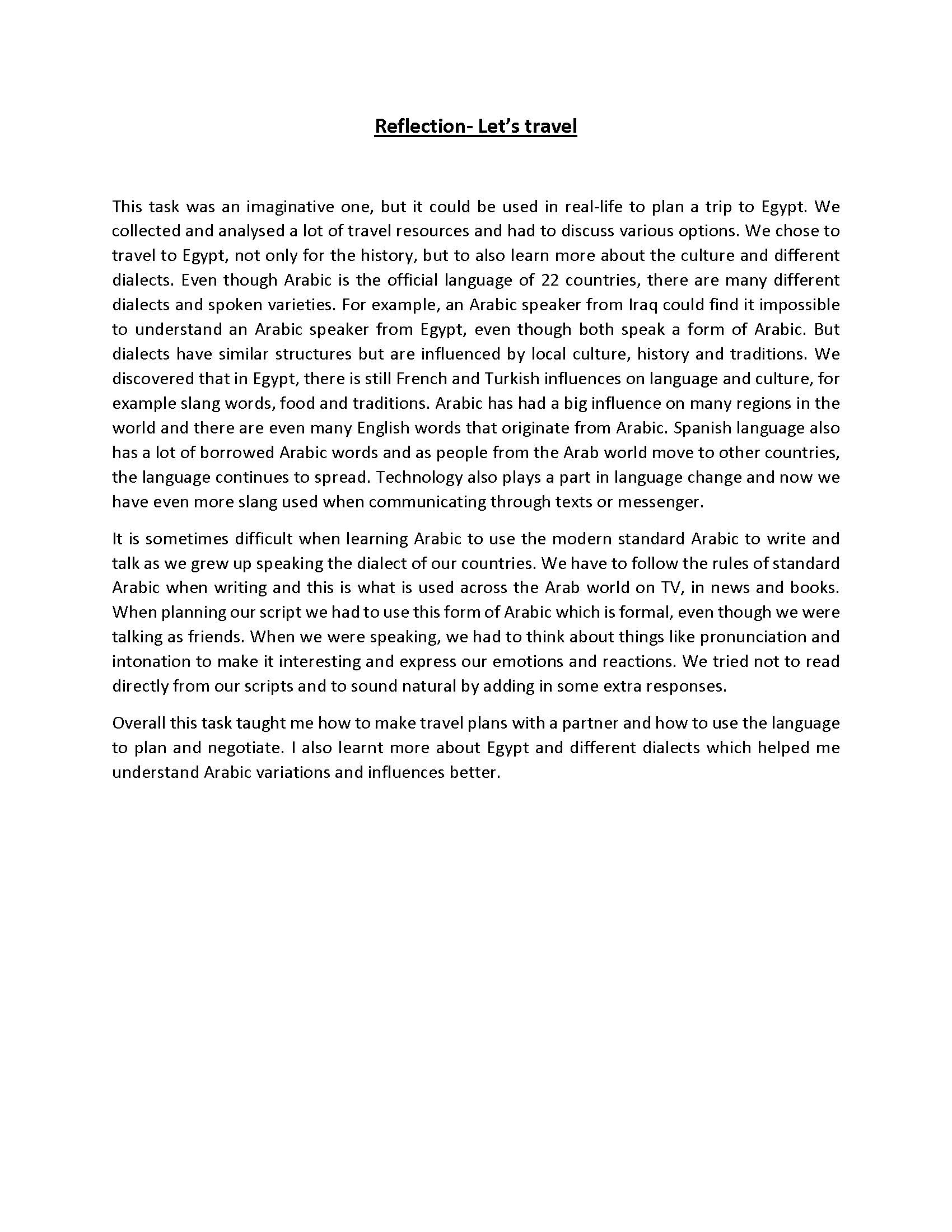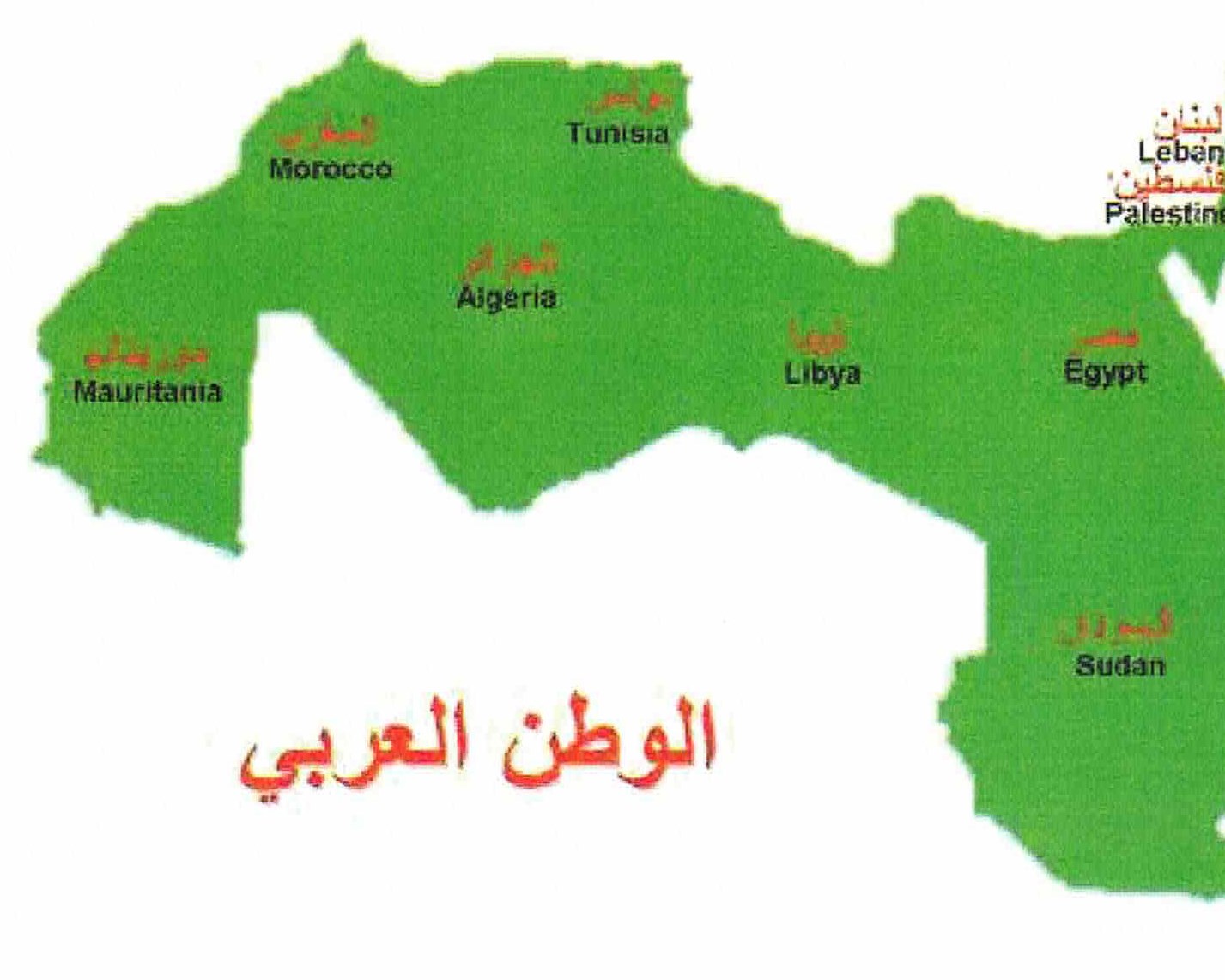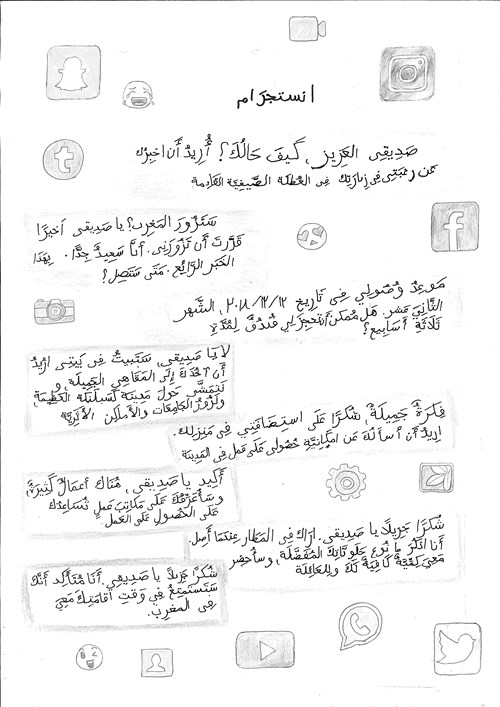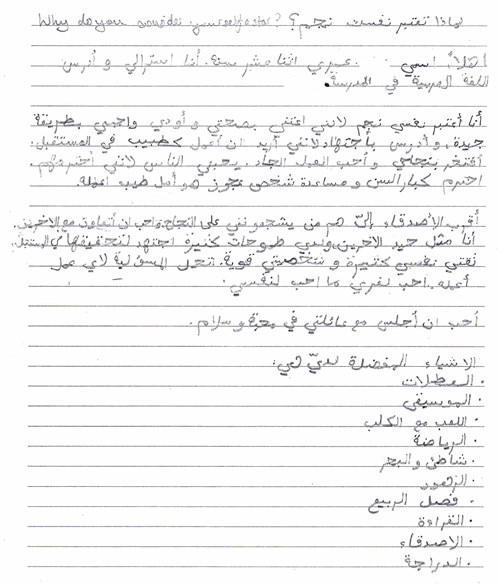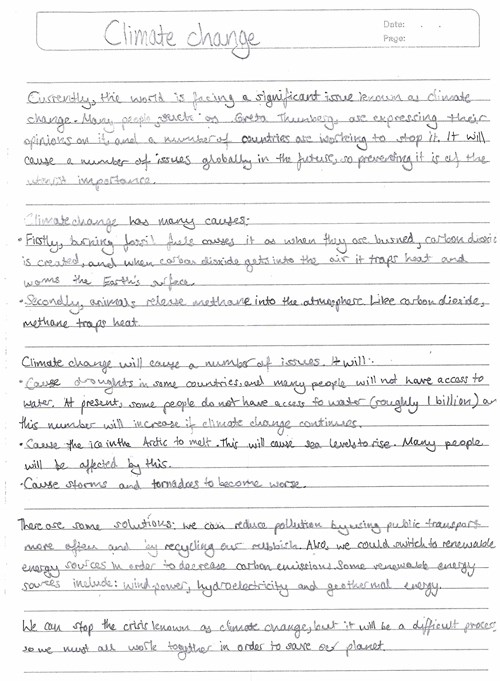By the end of Year 10, students use written and spoken Arabic to initiate and sustain interactions with peers and adults. They use language spontaneously to exchange ideas, opinions and feelings, compare experiences and discuss future plans. They sustain interactions by asking and responding to questions, requesting clarification (for example, هل تعني....؟ ما قصدك؟), elaborating on opinions, and expressing agreement or disagreement, for example, على أتفق؟ لا أتفق؛ أعترض. In classroom interactions, they share ideas and suggestions, negotiate options, solve problems and complete transactions. They apply pronunciation and intonation rules to convey emotions and enhance expression. They obtain information from multiple sources on a range of issues and analyse and evaluate meaning, gist and purpose. They convey ideas and viewpoints from a range of perspectives using different text types and modes of presentation selected to suit different audiences and to achieve different purposes. They share their responses to different imaginative texts by expressing opinions on themes, events and values and explaining key ideas and messages. They manipulate language and use different techniques to produce imaginative texts in a range of forms that draw on past experiences or future possibilities, such as التلاعب بالألفاظ بواسطة إستخدام المفردات ذات المعاني المزدوجة؛ إستخدام عبارات مثل ليتني كنت...؛ فرحت فرحاً عظيماً؛ لو ربحت المسابقة. When creating texts, students use a variety of grammatical elements, such as conditional and subjunctive moods, embedded clauses and imperative forms (for example, لو سمح أبي لي ٍآتي معك ما نذهب إلى السينما يوم السبت ؛ قد أسافر في العطلة؛الكتاب المفضل لدي والذي أحبه كثيرا هو ... لنذهب إلى المعلم ونسأله؛ هيا حاول مرة ثانية؛ ممتاز! أحسنت؛ تكلم مع سامر ), future tense and vocative case to convey meaning. They use vocabulary and expressions that are culturally embedded, such as سوف أكتب رسالة إلى المدير أعبر فيها عن رأيي؛ يا سمير هل أشتريت الجيتار الذي رأيته في المحل؟ , and apply appropriate writing conventions to increase text cohesion and enhance expression. Students translate and interpret texts from Arabic into English and vice versa, comparing own interpretations with others’ and explaining reasons for differences in translations. Students create bilingual texts for the wider community, interpreting cultural and linguistic aspects of texts. They explain how cultural concepts, practices and values influence ways in which they communicate from a bilingual perspective, and question assumptions and describe adjustments they make when moving from Arabic to English and vice versa.
Students identify the meaning and emotions conveyed in spoken texts, such as .ها سمير ماذا قررت؟؛ لا لا ؛ لا أقصد هذا؛ كم مرة قلت لك .. , and apply their understanding of the Arabic writing system to enhance meaning and aesthetic effect in written texts. They analyse the relationship between language choices and textual features, and the audience, purpose and context of different spoken, written and multimodal texts. Students explain how spoken and written forms of Arabic vary according to context, purpose and audience, and identify ways in which the Arabic language influences and is influenced by cultural, political and social change. They explain the power of language in determining the nature of intercultural communication in local and global contexts.
